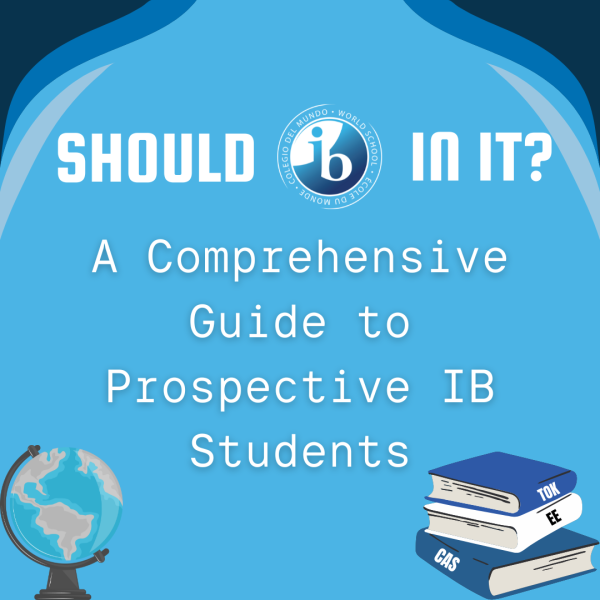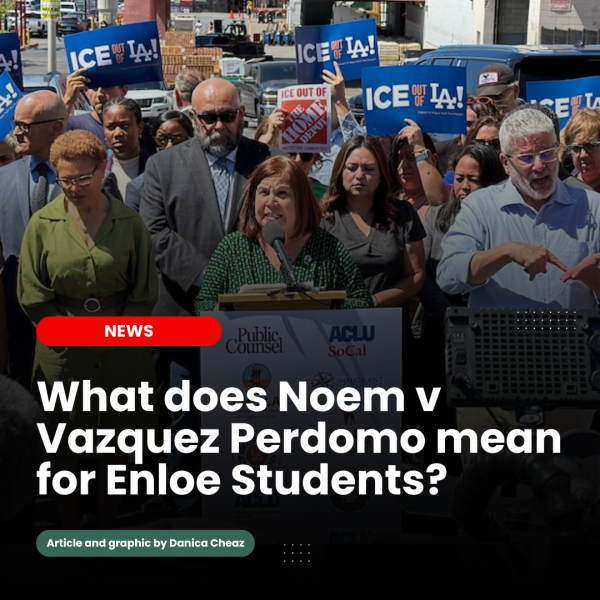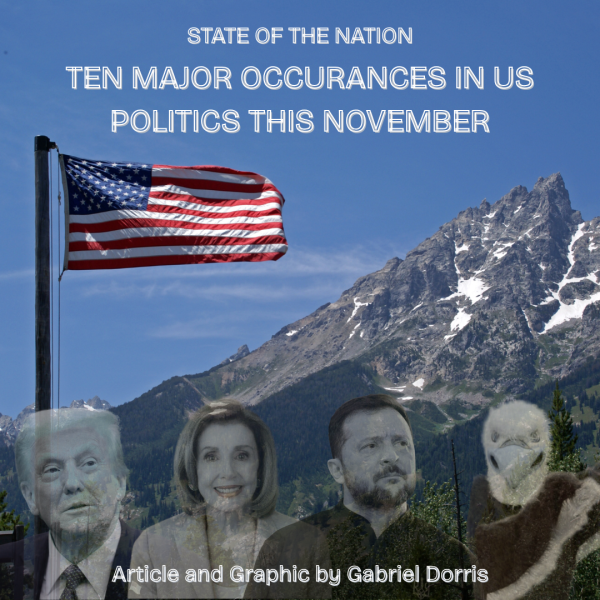Indigenous Government: How Native Americans Uniquely Govern their Societies
Trigger warning: Mentions of violence and death
The history of Indigenous peoples within the United States is both complicated and violent. Since the arrival of European colonizers to North America, Indigenous people have been forced to move out of their territory and have been brutally killed through war and disease. To learn more about Indigenous governance, a niche and underreported topic, I spoke with Lumbee tribe member and Director of UNC-Chapel Hill’s American Indian Program, Dr. Danielle Hiraldo.
My first question was regarding the relationship between the federal/state government and Indigenous tribes and their local governments. Hiraldo said, “tribes before contact were fully functioning governments. They had ways of identifying leaders. They had ways of resolving disputes. They had decision-makers. They had government structures in place to be able to govern.”
But with the rise of European colonization of the Americas, such Indigenous structures were disrupted. One notable example is the “Indian removal policy” of the Federal Government during the 1830s in which President Andrew Jackson signed the “Indian Removal Act” and ushered in the forced removal of Indigenous people from nations such as the Cherokee, Seminole, and Choctaw.
Hiraldo explained how Europeans and Americans manipulated terms in treaties and recognized representatives allied to their cause in order to gain an upper hand: “a lot of European countries were more interested in identifying people who were better suited to sign those treaties, rather than the actual leaders that have been designated by the communities.”
While many Indigenous communities had independent manners of governance and land ownership, they were often subjugated to European styles of governance. Hiraldo added, “It’s complicated because tribal communities have always governed on their own, but the United States has imposed its ideas throughout the history of what that government structure should look like, and has created this dynamic that moves from traditional ways of governing to more western style.”
In recent years, more and more members of Indigenous communities have been elected to Congress or have served in the government. During the 117th congress, the House of Representatives had a Native Hawaiian (Kai Kahele), a Native Alaskan (Mary Peltola), and Indigenous Americans (Sharice Davis and others) simultaneously serving. Additionally, the Secretary of the Interior Deb Haaland, a key cabinet member who has a great amount of power in Indigenous affairs, is a member of the Pueblo Tribe. Hiraldo says “there’s always a desire for more representation […] because when you’re at that table, you have that decision-making authority.”
Indigenous peoples have had their culture and history silenced by the American Government. Learning about how Indigenous people govern their communities and reservations is just one step in the progress for better mutual understanding between non-Indigenous and Indigenous people. Linked below are some resources that you can use to make yourself more informed about Indigenous people.
Native-Land.ca | Our home on native land: A site that displays a map of different tribal territories, treaty boundaries, and Indigenous languages
Home Page | National Museum of the American Indian (si.edu): Site of the National Museum of the American Indian in Washington, DC. The page contains a plethora of information about Indigenous people including their history, art, culture, and food.
Duolingo’s Navajo course: Navajo is an Indigenous language from the Navajo nation of Southwest United States. It is considered an “endangered language” due to its risk of dying out as many children are not learning the language anymore. Duolingo is a free resource to learn this language!
About – Enloe Eagle’s Eye (enloenews.org): At the bottom of the page is the Enloe Eagle’s Eye’s land acknowledgment along with resources about local tribes that used to inhabit the area.
Your donation will support the student journalists of Enloe Magnet High School, allowing us to cover our annual website costs. We are extremely grateful for any contribution, big or small!

(He/him)
Akshat is a senior here at Enloe. He is excited to return for his third year on the staff to work on the Eagle's Eye's newest (and best) section,...










